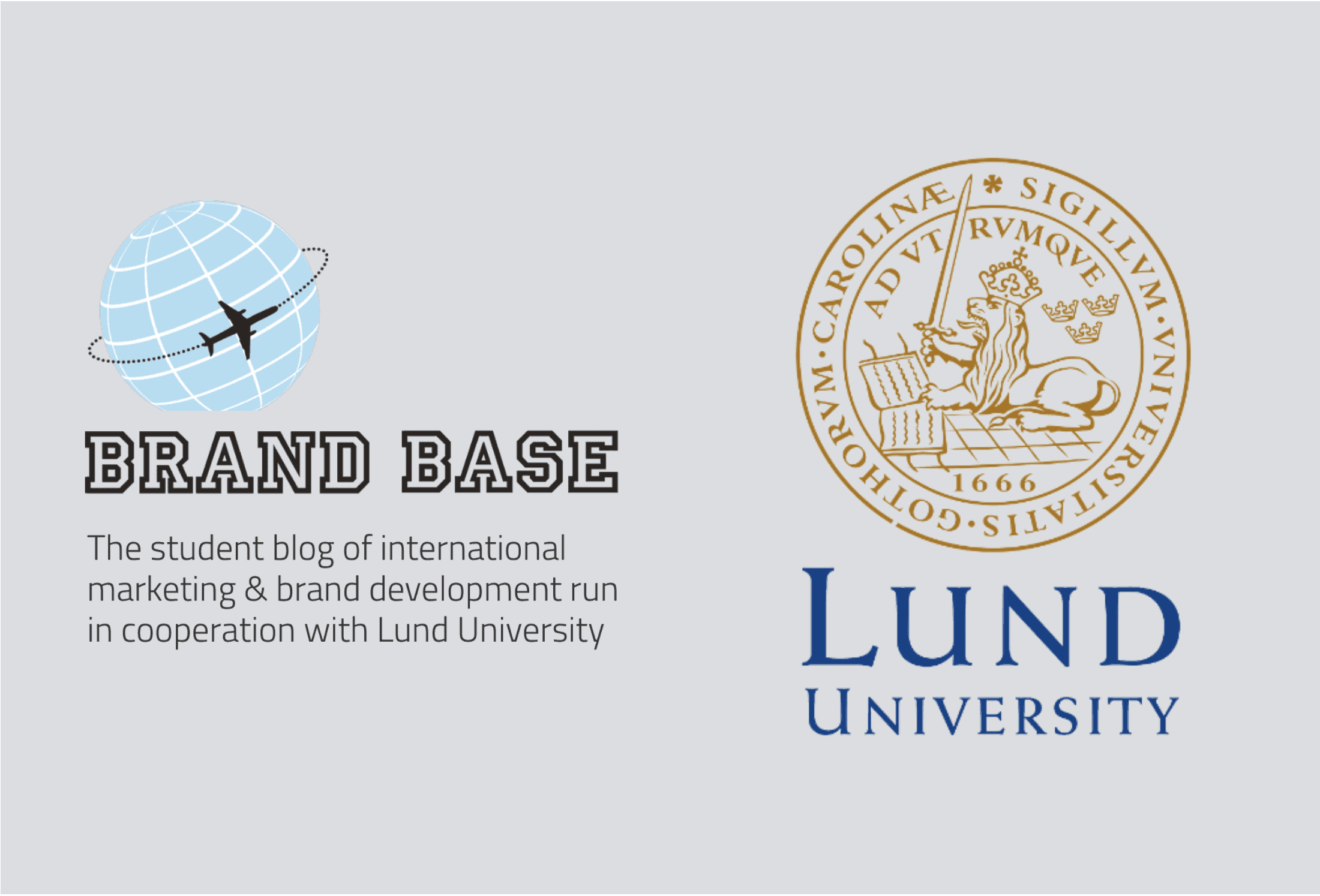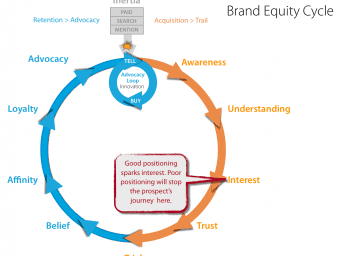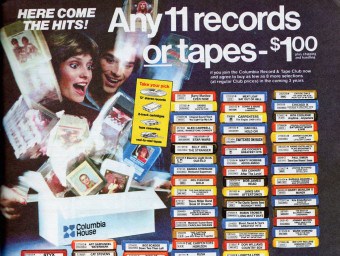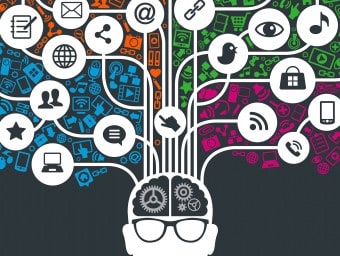Anti-branding: Is There a Negative Effect on Brand Identity and Consumer Behavior?
This post discusses the long-term effect of anti-branding activities on brand identity and consumer behavior, analyzing the case of Ryanair...
10 Oct 2018 9498 Views
Written by Acamila Moreira
KEY FACTS
- Anti-branding activities are a consequence of customers empowered by the internet and triggered by dissatisfaction and have been increasing constantly over the years
- Anti-branding websites and social networks effect brand identity and consumer behavior in the short run, but has limited long-lasting impact
- Ryanair is one of the most hated brands in the world, but in June 2016 it became the most visited airline website worldwide
- Ryanair registers increase in market share, value and revenue year after year and their CEO knows consumer behavior is not affected by negative brand identity efforts
Branding in post-internet era is all about facilitating the conversation between consumers who have their particular perspective on brands, and very often it is different from the brand image that companies want to communicate (Christodoulides, 2009). Consumers are now co-creators of brand meaning and brand identity (Kucuk, 2008). In these context, anti-branding communities have arisen as a new form of boycott and protest of dissatisfied customers empowered by the internet (Krishnamurthy and Kucuk, 2009). But what is the actual impact in the brand identity and consumer behavior? Does it influence consumers’ purchase decision? Looking at Ryanair case I will discuss the impact of anti-branding activities on their brand identity, consumer behavior, revenue and market value.
NEGATIVE BRAND IDENTITY BUILDING EFFORTS
According to Kucuk (2008) brands are one of the most valuable and powerful communication tool a company has, but consumers empowered by the internet are now re-shaping brand identity using negative language and images online. The author introduces the concept of Negative Double Jeopardy (NDJ) which demonstrates that strong brands have more hate attraction on the internet than less valuable brands. If you access the Interbrand Best Global Brands 2017 ranking some well-known examples of brands with high attraction of hate sites are listed, such as Starbucks, McDonalds, Microsoft and Coca-Cola.
Kucuk (2008) examines anti-branding websites and classifies into four groups of NDJ effects: Experts, Symbolic Haters, Complainers and Opportunists and proposes how brands can handle each of these groups. Experts aim to erode brand identity and have more constructive arguments, questioning the company existence, symbolic haters are influenced by negative word of mouth, complainers usually share their personal dissatisfaction with a product of service offered by the brand and opportunists want to attract traffic to their own websites, sharing scandal news to maximize their visibility online (Kucuk, 2008). In his study, four strategies are offered for companies to control and even benefit from negative NDJ effects as he argues that anti-branding websites can be a source of valuable information for brands, if monitored, understood and managed properly.
Kucuk (2010) revisits the NDJ effect analysis including social networking sites and finds that the number of anti-branding activities increased in the 4 years period of the study (2005-2009), specifically experts and symbolic haters while most of complainers and opportunists’ websites did not exist anymore. Furthermore, his study reinforces that the most valuable brands attract more consumer generated anti-branding efforts and suggests that brands should see these anti-branding platforms as a common space to listen and discuss with their customers to develop possible solutions.
Nowadays, besides anti-brand websites, anti-brand communities are commonly found on social media platforms such as Facebook and Twitter. Some anti-brand communities are gathered in social media groups or pages, or around a public shared hashtag such as #ihateryanair. However, according to Kucuk (2010) search results of anti-brand websites are more visible than anti-brand social networking sites. Indeed, if you search for “ihateryanair” the first result on Google is a website dedicated to haters of Ryanair while the community’s Facebook page is on sixth position.
Thus, based on Kucuk (2008) and Kucuk (2010) investigations there is a negative outcome of brand strength which is the higher attraction of anti-branding activities and effort to negatively impact their brand identity.
ANTI-BRANDING EFFECT ON CONSUMER BEHAVIOR
Awasthi, Sharma, and Gulati (2012) study the case of Coca-Cola and Pepsi to understand the impact of anti-branding on customer perception and consumer-brand relationship in the long term. In 2003, an activist group in India stated during a press release that Coca-Cola and Pepsi, among other companies, had pesticides residues in their soft drinks.
After the confirmation that the companies actually had residues of pesticides above global standards, several anti-branding websites such as killercoke.org were created and sales of both companies were negatively affected from 2003 to 2006, in India. However, the authors inform that these brands were still in the highest positions on Interbrand’s Global Brand ranking constantly during these period and in 2007 Coca-Cola India registered 14% sales growth.
Therefore, Awasthi, Sharma, and Gulati (2012) study findings are:
- Strong brands are impacted negatively in short term
- Negative publicity has limited effect on consumer purchase decision
- Anti-branding activities do not have a long-lasting effect on consumer behavior
In a different study conducted by Kucuk (2016), the impact of Coca-Cola and Shell anti-branding advertisings shown in the image below on consumer behavior demonstrated it has little impact on consumers’ purchase habits and insignificant potential to affect the company economic performance.
Despite seeing these negative ads, most respondents said they would continue to buy these brands offerings, which lead us to the phenomena of Ryanair as one of the most hated brands in the world and yet registering an increase on market share and company value year after year.
RYANAIR – YOU HATE IT, BUT YOU FLY IT
In June 2016, Ryanair became the world’s most visited airline website which the company believes is due to their leadership on low-cost (Rogers, 2017). However, the company has been attracting anti-branding activities for many years with the creation of hate websites, social media pages and hashtags. In 2014, a survey conducted by Siegel+Gale with 12.000 consumers from eight countries named Ryanair the second worst brand in the World (Magrath, 2014).
In late September 2017, Ryanair cancelled flight effecting around 400.000 passengers and Twitter was invaded by anti-branding hashtags: #BoycottRyanair, #ryanairareshit, #IhateRyanair, #RyanairAreRubbish, #RyanairNightmare, #1stflightonRyanairneveragain, #RyanairFails, #goodbyeRyanair. Following this event their CEO, Michael O’Leary arranged a press conference to apologize to their customers and when asked if it would affect future sales he said: “Our booking engine is full of passengers who have sworn they will never fly with us again” (Collinson, 2017, online). Ryanair’s CEO seems to understand that the long term negative impact of anti-branding activities on consumer behavior are minor, as discussed by Awasthi, Sharma, and Gulati (2012) and Kucuk (2016).
Ryanair is not a loved brand and there are aware of it. There are anti-branding websites, such as IhateRyanair website and Facebook page besides many hate hashtags shared by their customers constantly. In 2014, Ryanair was the most disliked (20%) travel brand by young people in the United Kingdom.
According to their CMO Kenny Jacobs, their brand promise is based on offering the cheapest flights, best schedule and punctuality. He believes they deliver what they promise, and they do not want more than that, they do not need to be loved (Rogers, 2017).
In fact, even though their brand is one of the most hated worldwide, the company has been increasing its market value, share and revenue year after year.
As Kucuk (2016) suggests, negative anti-branding is not as bad as it appears and companies who listen to their consumers can benefit from the co-creation of brand meaning as Ryanair seems to be doing well. They extended their MyRyanair loyalty service where customers will receive cashback, travel credits and tailored offerings based on their profiles (Gee, 2017). This is part of their Always Getting Better programme and according to their CMO it will lead customers to take the action that Ryanair wants while improving travel and digital experience of their passengers (Gee, 2017).
Whether they will improve their service after listening to customers complaints is uncertain, however it is possible to affirm that currently negative brand identity building efforts are not affecting consumer behavior and their purchase decision. Ryanair continue to register increase in revenue and numbers of passengers transported since 2000.
As Ryanair CMO Kenny Jacobs stated, “We like being a challenger and a bit of a bad boy in the industry, but not bad to customers” (Rogers, 2017, online) and apparently this attitude is working for them.
REFERENCE LIST
Awasthi, B., Sharma, R. & Gulati, U. (2012). Anti-Branding: Analyzing Its Long-Term Impact, Journal of Brand Management, vol. 9, no. 4, pp. 48-65
Chrisodoulides, G. (2009). “Branding in the post-internet era”, Marketing Theory, vol. 9, pp. 141-144
Collinson, P. (2017). You hate Ryanair – but you will fly it again. Available Online: https://www.theguardian.com/money/blog/2017/sep/23/hate-ryanair-flights-fiasco-low-prices [Accessed 19 November 2017]
Gee, R. (2017). Ryanair: We’re nice but only nice enough. Available Online: https://www.marketingweek.com/2017/04/06/ryanair-nice-enough/ [Accessed 19 November 2017]
Keyword suggest (2017). Image Gallery: i hate Ryanair. Available Online: http://keywordsuggest.org/gallery/136429.html [Accessed 19 November 2017]
Krishnamurthy, S. & Kucuk, S. (2009). Anti-branding on the internet, Journal Of Business Research, vol. 62, pp. 1119-1126
Kucuk, S. (2016), Exploring the Legality of Consumer Anti-branding Activities in the Digital Age, Journal Of Business Ethics, vol. 139, no. 1, pp. 77-93
Kucuk, S. (2010). Negative Double Jeopardy revisited: A longitudinal analysis, Journal Of Brand Management, vol. 18, no. 2, pp. 150-158
Kucuk, S. (2008). Negative Double Jeopardy: The role of anti-brand sites on the internet, Journal Of Brand Management, vol. 15, no. 3, pp. 209-222
Magrath, A. (2014). Ryanair named second-worst brand in the WORLD for customer service (but AXA insurance comes top of the poll). Available Online: http://www.dailymail.co.uk/travel/travel_news/article-2812512/Ryanair-named-second-worst-brand-WORLD-customer-service-AXA-insurance-comes-poll.html [Accessed 19 November 2017]
Rogers, C. (2017). Ryanair CMO: Brands don’t need to be loved to win over consumers. Available Online: https://www.marketingweek.com/2017/05/09/ryanair-cmo-brand-love/ [Accessed 19 November 2017]
Statista (2017a). Travel brands rated by young people in the United Kingdom (UK) 2014. Available Online: https://www-statista-com.ludwig.lub.lu.se/statistics/314451/favorite-travel-brands-of-young-people-uk/ [Accessed 19 November 2017]
Statista (2017b). Market value of selected airlines worldwide as of August 2017 (in billion U.S. dollars). Available Online: https://www-statista-com.ludwig.lub.lu.se/statistics/275948/market-capitalization-of-selected-airlines/ [Accessed 19 November 2017]
Statista (2017c). Passenger transport volume of Ryanair from 2000 to 2014 (in billion revenue passenger-kilometers). Available Online: https://www-statista-com.ludwig.lub.lu.se/statistics/457851/ryanair-transport-volume-in-million-revenue-passenger-km/ [Accessed 19 November 2017]
Like this post? You'll find more marketing insights in my new book: International Brand Strategy: A guide to achieving global brand growth, now available from booksellers globally. Order your copy here.






